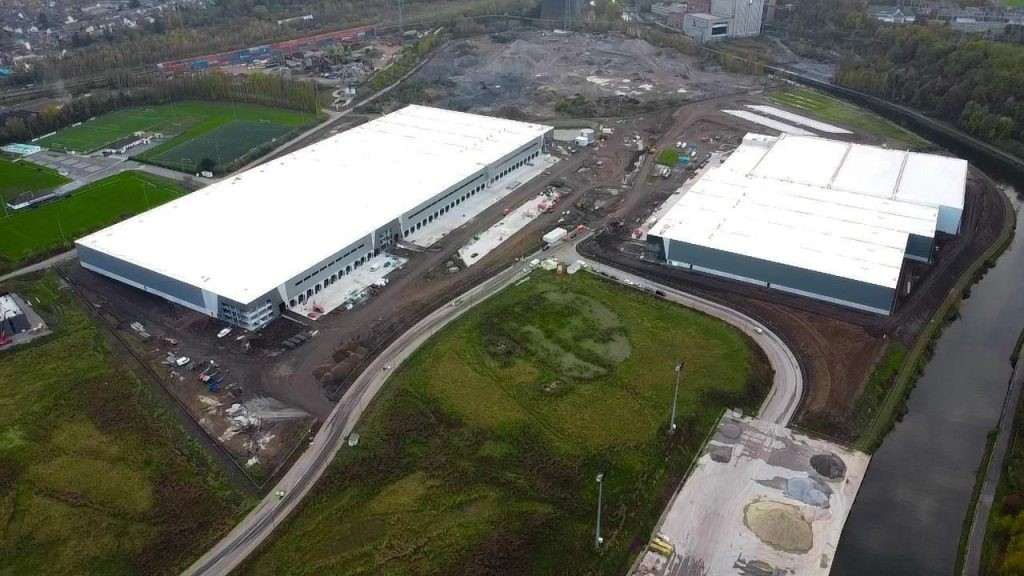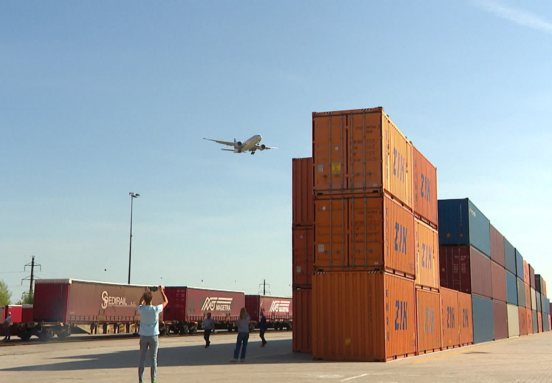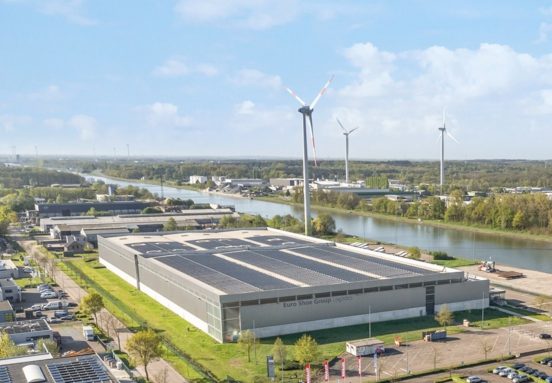Navigating Belgium's logistics real estate market: contrasting trends for businesses
The first half of 2025 has painted a complex picture for Belgium's logistics and industrial real estate sector, as highlighted by a recent analysis from real estate broker JLL.
For businesses scouting for new warehouse or industrial premises, these insights are crucial for strategic planning.
While the market witnessed an unprecedented surge in investment activity, there's also a noticeable dip in actual space occupation, indicating a nuanced environment.
Record investments drive market activity
One of the most striking findings from JLL's report is the record level of financial transactions in the industrial and logistics real estate sector. For the first time, these transactions have eclipsed those in the office sector, capturing nearly 50% of the market share. The total transaction volume reached an impressive 1.6 billion euros in the first half of 2025.
This surge was significantly boosted by a single, landmark 300 million euro deal involving Weerts Group and Intervest. JLL anticipates that further transactions before the end of the year could push the industrial/logistics sector past the one-billion-euro mark, signaling robust investor confidence in the sector's long-term potential.
Occupancy sees a dip: what this means for tenants
Despite the high investment volumes, JLL's analysis points to a deceleration in new logistics building occupancies. Only 199,236 m² were taken up in the first half of the year, representing a 29% decrease compared to H1 2024. Furthermore, the average size of logistics transactions has also decreased.
This slowdown in new take-ups, alongside a reduction in the average transaction size, could suggest a more cautious approach from businesses in expanding their footprint or an increase in smaller, more specialized requirements. For businesses looking for space, this trend might imply a slightly less competitive environment for securing smaller to mid-sized units, or perhaps more negotiation room on terms.
Low cacancy rates persist, especially in key hubs
Even with the drop in new occupancies, the overall vacancy rate for warehouses remains remarkably low, staying slightly under 3%. This tight supply is even more pronounced along the critical Brussels-Antwerp axis, where the vacancy rate is a mere 2.16%—one of the lowest levels in Europe.
For businesses, this sustained low vacancy highlights the challenge of finding prime, well-located warehouse space, particularly in high-demand logistical corridors. While new occupancies have slowed, the existing stock remains highly utilized, underscoring the strategic importance of early planning and proactive engagement in this competitive market.
The Belgian logistics real estate market in H1 2025 truly presents a mixed bag: strong investor confidence balanced by a temporary slowdown in new tenant activity, all within a persistently tight supply environment. Businesses aiming to optimize their supply chains or expand their operations in Belgium must closely monitor these trends, leverage opportunities arising from the occupancy slowdown, and be prepared to act decisively for prime locations.
Source: transportmedia.be







